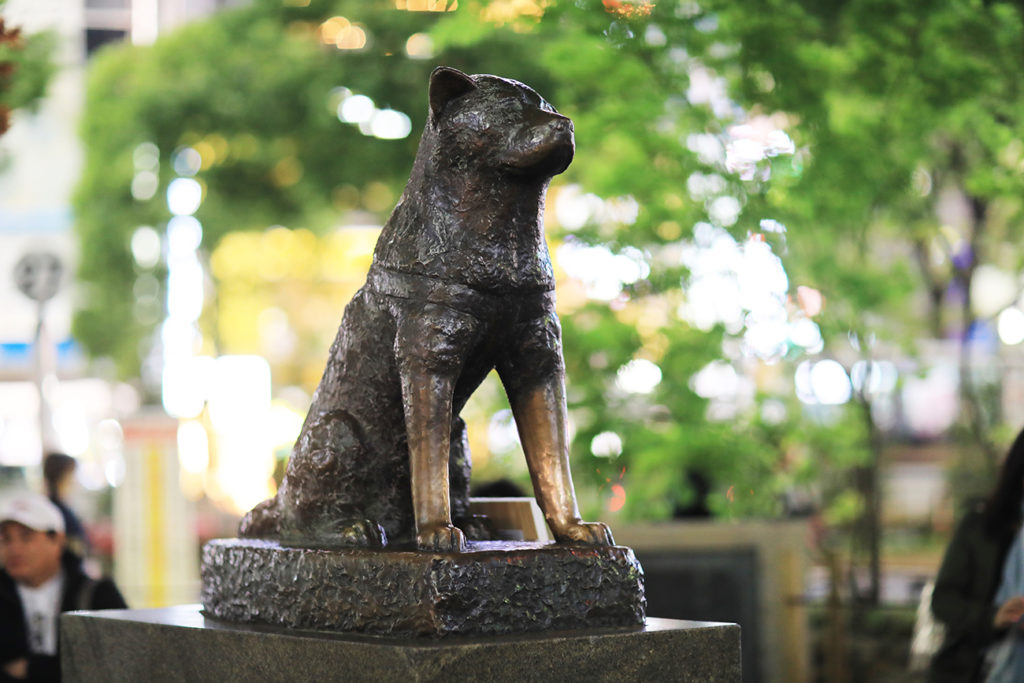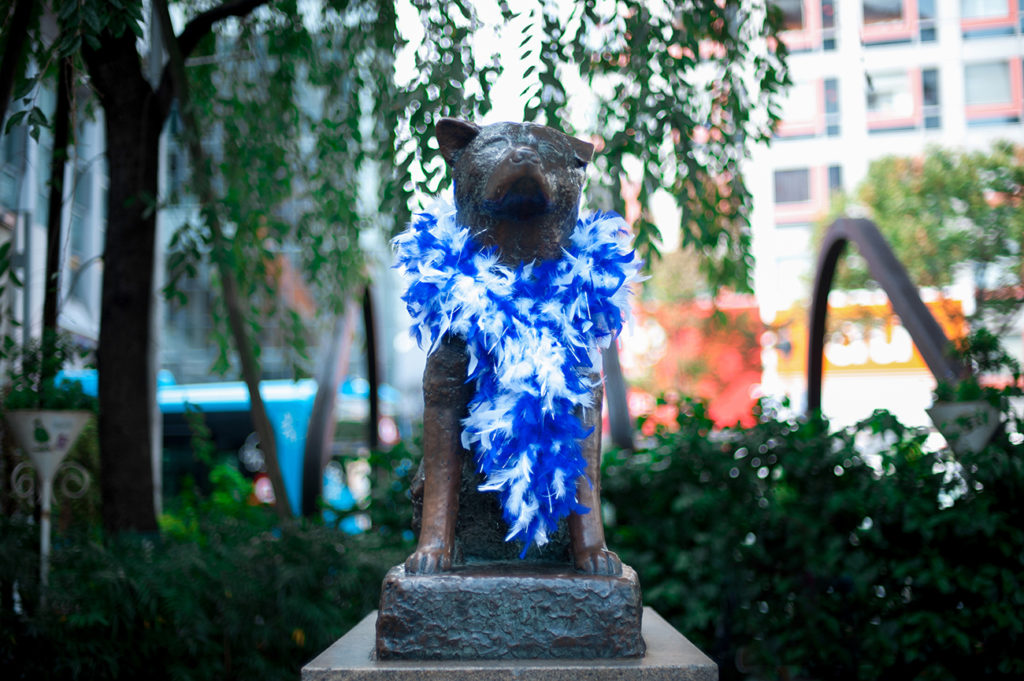
Ever-Faithful Hachikō

A timeless tale of friendship and loyalty is that of Hachikō. In 1924, Hachikō became the pet of a man named Hidesaburo Oeno, a professor of agriculture at the Tokyo University. Hachikō was an Akita with golden brown fur and cream markings on his face. A loving bond quickly grew between Hidesaburo and Hachikō.
Hachikō, the faithful dog.
Hachikō’s unwavering faithfulness
Hachikō would regularly greet Hidesaburo at the Shibuya Station. But on May 1925, Hidesaburo failed to show. The professor had died of a brain hemorrhage. Hachikō was later given away but he would sneak away and search for the professor. When he found out that the professor was not at his old home, Hachikō searched the train station to no avail. And so each day, Hachikō would be at the station at 4 pm. Hachikō waited for his old friend for the remainder of his life.
On March 8, 1935, Hachikō died of cancer and a worm infection, and his body was found in the street at Shibuya. He had kept his vigil for 10 long years. Although Hachikō’s life was a sad one, his remarkable loyalty was, and still is, an inspiration.
During his time waiting at the station, many people showed compassion and provided Hachikō with food.
Bronze statue of Hachikō at Shibuya Station.
Bronze statue at Shibuya
A bronze statue of Hachiko was placed at Shibuya Station on April 1934, and he even attended the unveiling. The statue was recycled in WWII; in 1948, the artist’s son Takeshi Ando was commissioned to recreate it. It is a reminder to those who pass by of Hachikō’s fascinating life. Two more bronze statues of him were also erected in Hachikō’s hometown: one in front of Odate Station and another at the Akita Dog Museum.
Hachiko’s story is so moving that it has been depicted in movies. The first was the 1987 Japanese flick, “Hachikō Monogatari,” and the second was the U.S. remake in 2009 called “Hachi: A Dog’s Tale,” starring Richard Gere and Joan Allen. Hachikō’s remains were preserved and placed at the National Science Museum of Japan at Ueno, Tokyo.
